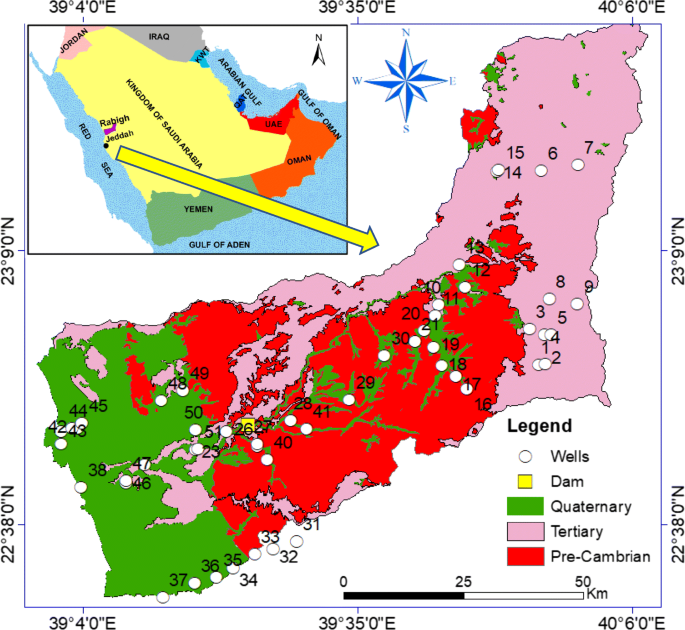
6Īll these undesirable characteristics contribute to the priority of treating textile wastewater prior to discharging into the environment. 3 Organic substances in the textile effluents are difficult to degrade and can be reduced into carcinogenic agents under anaerobic conditions, while the presence of inorganic substances in textile effluents is harmful to aquatic life. 5 Additionally, high suspended solids in water can lead to the clogging of fish gills and reducing light penetration which reduces the algae’s photosynthesis ability.

2– 4 The dyes in water may cause severe health impacts such as dermatitis, nausea, hemorrhage, severe irritation of the skin, and ulceration of the skin. 1 Those toxic chemicals can be derived from fixing agents, surfactants, salts, and organic and inorganic chemicals and characterized by having high chemical oxygen demand (COD), biological oxygen demand (BOD), total suspended solids (TSS), pH, and temperature levels (at least 40☌), as well as having a strong color. The total treatment cost of the proposed system per m 3 after scaling up was found to be US$4.5 for reuse of the treated water for the irrigation of forest trees.Įffluents from the textile industry usually contain high concentrations of unfixed dyes which can either be degradable or non-degradable. Sensitivity analysis results showed that the initial concentration was the most influential parameter for TSS removal with relative importance greater than 25%, while the bimetallic Fe/Cu dosage was the most influential factor for all other studied parameters with relative importance greater than 40%. An artificial neural network (ANN) with r 2-value exceeding 0.98 is accurate and can be used with confidence in predicting removal efficiencies of the targeted parameters.

Avrami kinetic models adequately describe the adsorption data for COD, BOD, TN, and TSS, while pseudo-second-order and intraparticle models described the removal mechanism of color and TSS, respectively.

Adsorption isotherms indicated that the removal of COD and TP obeys both Koble–Corrigan and Freundlich adsorption models, removal of color obeys both Koble–Corrigan and Hill adsorption models, and removal of TN and TSS obeys Koble–Corrigan and Khan models, respectively. The total removal efficiencies of the system were 96, 98, 82, 69, 88, and 97%, respectively, using 0.5 g/L ferric chlorides as a coagulant under an optimum adsorption condition of pH 6.0, nano-dosage 1.4 g/L, contact time 80 min, and stirring rate 250 r/min at room temperature. This study aims to investigate the efficiency of a pilot prototype system comprising coagulation/flocculation, filtration, and nano-bimetallic iron/copper (Fe/Cu) degradation and adsorption units for the removal of chemical oxygen demand (COD), biological oxygen demand (BOD), color, total nitrogen (TN), total phosphorus (TP), and TSS from real textile wastewater.


 0 kommentar(er)
0 kommentar(er)
